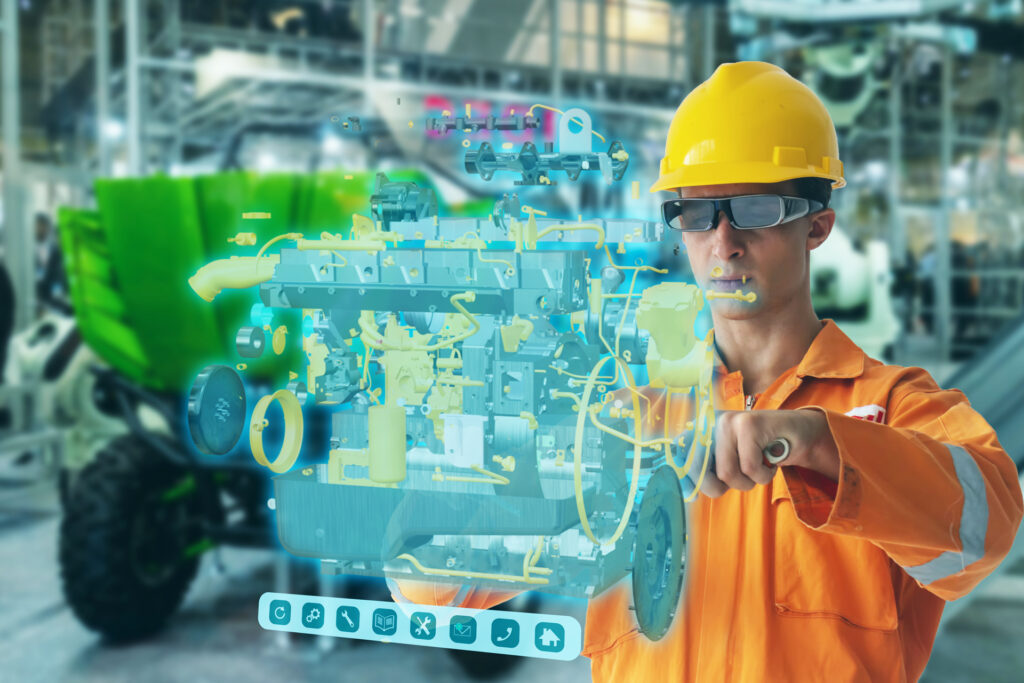Virtual reality training is already used in a huge variety of industries, and it has already proven to be the next step in e-learning and workplace education. However, despite its widespread use, using virtual reality (VR) for education and vr training is still something that hasn’t breached into public consciousness despite its huge potential.
For most people, VR is something they probably associate with gaming, entertainment or maybe meta and their constant developments in the VR industry. Although VR gaming is a huge industry, with a market size of $12.13 billion in 2022, it’s time that people started thinking more broadly about the use of VR, and how it can benefit the workplace.
In the next few paragraphs we are not only going to go through what virtual reality training is, but look at the benefits of utilising virtual reality in education. As well as looking at some examples of VR currently being used for training purposes, before finally unpacking how you can create a bespoke and effective VR training solution.
Explanation of VR training
E-learning and digital training have worked its way it to practically every workplace, whether it be filling out questionnaires or quizzes to undergo leadership training, filling out a form to prove that you’ve read the health and safety guidelines, or even many job applications have been turned in to digital quizzes to judge a possible candidates ability.
In many cases, applying digital solutions to learning is more convenient, more accessible and more effective than traditional education. Using VR for training can, in many cases, enhance these benefits further.
Training using virtual reality means carrying out either all of part of the learning process is virtual reality. This often means users wearing a virtual reality headset, such as a Meta Quest 2, and carrying out their training while being immersed in the environment in which they will apply their learning.
Although this may sound bizarre if you’ve never considered it, using virtual reality for education is an industry that is increasing massively, with the global market size forecasted to grow from $4.40 billion in 2023 to $28.70 billion by 2030. But why is VR training becoming so popular?










